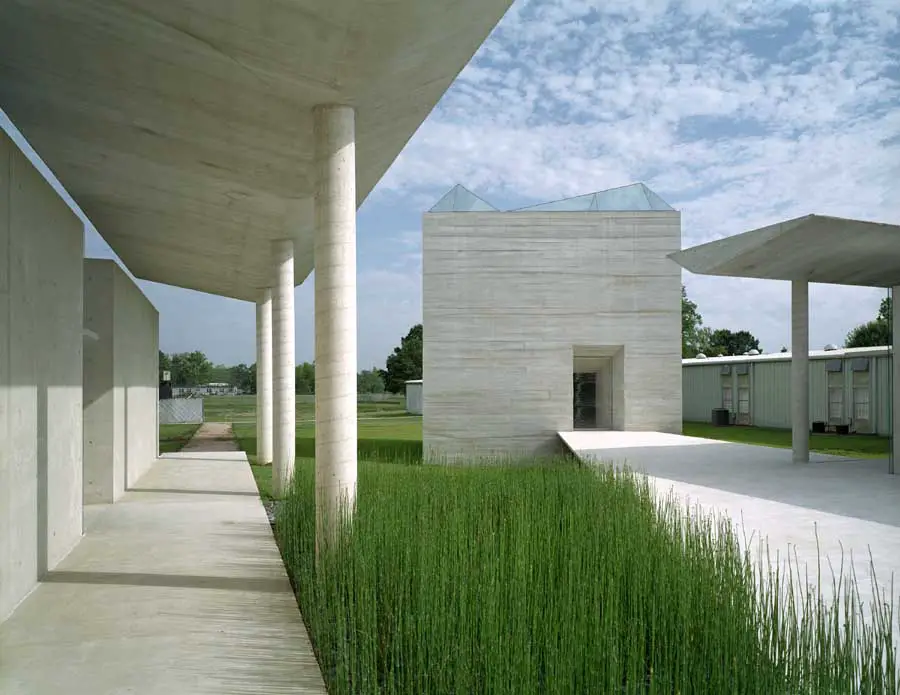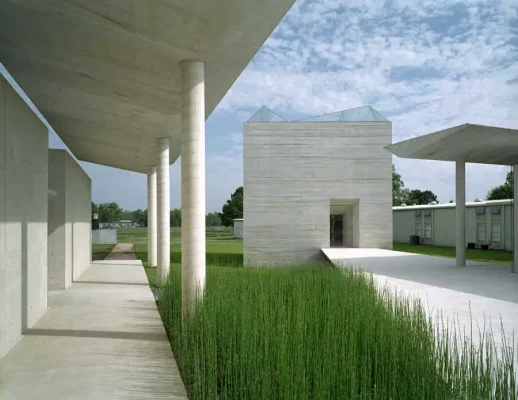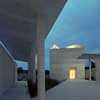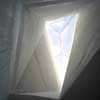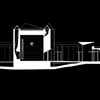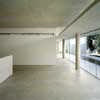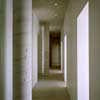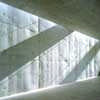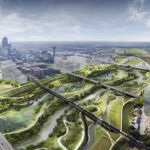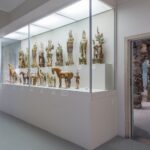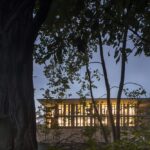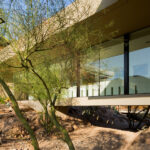Holy Rosary Church St Amant building, Louisiana religious architecture pictures
Holy Rosary Church Building
St Amant Building, Louisiana design by Trahan Architects, USA
June 3, 2008
Holy Rosary Church Complex / St. Amant, Louisiana, U.S.A
Design: Trahan Architects
Photos: Tim Hursley / The Arkansas Office
Holy Rosary Church Complex
Holy Rosary Church Building
Energy Efficient Design/Materials
Administrative and educational structures are characterized by entire walls of floor to ceiling glazing. Situated on the north face, these glass walls offer generous lighting and uninterrupted view without requiring excessive energy use to control solar gain. Further protection is afforded by the wing-like canopies designed to protect circulation paths adjacent to the glass wall. Interior temperature of the oratory is regulated by the thermal mass of cast-in-place concrete walls, up to 7 feet thick in some areas.
Design Resolution – design concept, planning; implementation of client brief; the use of colour, lighting materials etc to reflect and/or enhance the concept; difficulties encountered & their resolution
The masterplan of the rural campus creates a strong sense of place for all functions of the Parish, drawing a distinction between the program’s sacred and secular components. Secular functions of the campus take form as linear or “edge” buildings designed to define a courtyard, or sacred precinct, where the oratory is located. Concrete canopies parallel the linear edge buildings and serve as present-day interpretation of the relationship between conditioned and semi-conditioned space.
The oratory, like a crescendo in music, creates a deliberate break in the fabric of the campus. Position, formal purity and height reflect the importance of the spiritual program and serve to distinguish the chapel from its surroundings. Rotation of the chapel further underscores the distinct orientation of secular and sacred lives. The geometric basis for the parti of the oratory was derived from the Japanese four and a half Tatami rug configuration. This non-hierarchical system accommodates the numerous seating configurations for liturgical purposes.
To satisfy the human desire for definition, apertures were created to introduce natural light to the oratory interior. Light enters through a variety of openings carved from the wall thickness without revealing context or light source beyond. In addition to giving occupants a sense of orientation, the obscured presence of light is symbolic of the paschal mystery of Christ. More directly, each aperture is a meditation on a single episode of the paschal journey, metaphors for the passage of death, resurrection, ascension and eternal presence.
Holy Rosary Church : main page on this building
Construction – how particular factors influenced the choice of materials & construction methods, interesting solution etc.
Regular meetings were held with the congregations to inform them of Vatican II interpretation and the importance of using materials from the site to create a unique design. Vatican II documents called for materials that were appropriate and permanent. The parish mandated the use of materials that were appropriate and of low maintenance. Cast-in-place concrete was chosen to satisfy these requirements based on its physical performance and intrinsic beauty, reflecting nature in its depth and irregularity of finish and color.
Concrete also allowed the architects to create a visual relationship between the construction of the new oratory and the original church. The textured cypress lap siding of the existing church is echoed in the embossed patterns and wood textures of the board formed oratory exterior and interior surfaces. The secular use of the administrative and education buildings is distinguished through a contrasting smooth surface formed by conventional 4’ x 10’ high-density overlay boards. Composed of materials from the site, concrete color in both installations was unique to the region.
The transition into the oratory’s sacred space is also celebrated through an experience of light. A single threshold containing a sculptural cast-glass door has been designed to gather and refract light. Lens-shaped in plan, the door’s glass structure varies in dimension across its width, narrowest at its edge, 12 mm, and widest at its center, 75 mm. When approached, edges of the door appear to glow with the illumination from within.
Holy Rosary Church in St. Amant – Building Information
Project / Design Architect: Victor F. “Trey” Trahan III, AIA
Other Members: Structural Engineer: Schrenk & Peterson Consulting Engineers
Mechanical, Electrical, Plumbing Engineer: Apex Engineering Corporation
Builder: Quality Design and Construction, Inc.
\
Photographs: Tim Hursley / The Arkansas Office
Holy Rosary Church Building – images / information from Trahan Architects Jun 2008
Holy Rosary Church design : Trahan Architects
Location: St. Amant, Louisiana, USA
American Religious Buildings
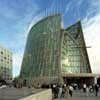
photo : Timothy Hursley
Awards for the Holy Rosary Church
2005
National AIA | American Institute of Architects Honor Award
National AIA | Educational Facilities Design Award
2004
Fondazione Frate Sole | International Award For Sacred Architecture 2nd Place
Faith & Form | The Interfaith Forum on Religion, Art and Architecture (IFRAA) :
Design Honor Award For Religious Architecture | New Facilities
Louisiana AIA | Honor Award of Excellence
Louisiana AIA | Baton Rouge | Rose Award for Design Excellence
McGraw-Hill Best of 2004 | Louisiana Contractor
American Concrete Institute | Louisiana Chapter : Award of Excellence
Louisiana Cancer Research Centre
Louisiana State Sports Hall Fame
Comments / photos for the Holy Rosary Church Building – Louisiana Architecture page welcome.

